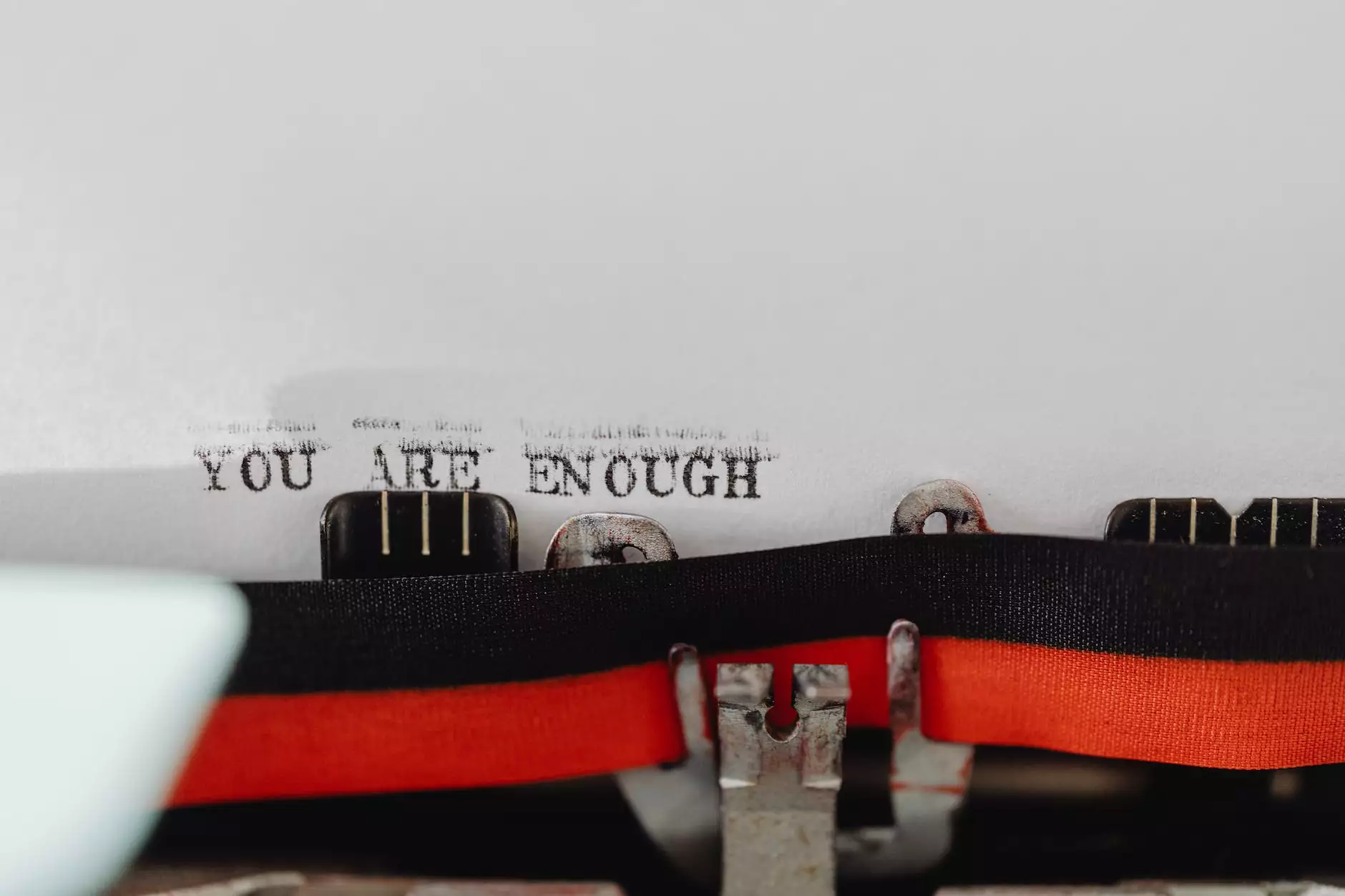Area of a Square: Formula & Examples

Understanding the Basics
When it comes to geometric shapes, the square holds a special place. This four-sided polygon exhibits symmetry, balance, and versatility. One key aspect of understanding a square is knowing how to find its area. The area of a square refers to the amount of space enclosed within its boundary.
The Formula for Finding the Area of a Square
To calculate the area of a square, we use a simple formula: Area = side x side. In this equation, the "side" represents the length of any one side of the square. By multiplying the length of a side by itself, we obtain the area of the square.
Example 1: Finding the Area of a Square
Let's consider an example to solidify our understanding of the formula. Suppose we have a square with a side length of 5 units. To find the area, we perform the following calculation:
Area = 5 x 5 = 25 square units
Example 2: Calculating the Area of a Square with a Decimal Length
In some cases, the side length of a square may be expressed as a decimal. Don't worry, the formula remains the same! Let's work through an example to demonstrate this.
Imagine we have a square with a side length of 2.5 units. To calculate the area, we use the formula:
Area = 2.5 x 2.5 = 6.25 square units
Importance of the Area of a Square
Understanding the concept of area, particularly in the case of squares, is crucial across various fields. From architecture to construction, woodworking to landscaping, and even in everyday scenarios such as measuring floor space or determining the area of a canvas for artwork, the area of a square is an essential calculation.
Real-World Applications
The ability to quickly and accurately calculate the area of a square becomes particularly useful in real-world scenarios. Consider a scenario where you are planning to purchase new flooring for your home. By knowing the area of each square room, you can accurately estimate the amount of flooring material required, allowing you to budget and select the right amount of materials.
In a similar vein, architects and interior designers rely on precise area calculations to optimize space utilization and ensure their designs meet both functional and aesthetic requirements.
Tips and Tricks for Finding the Area of a Square
Here are a few handy tips and tricks to streamline your area calculations:
1. Use the Measurement Units Consistently
When applying the area formula, ensure that the side length measurement and resulting area measurement are in the same units. Mixing units can lead to incorrect calculations and potential errors in various applications.
2. Round Off Decimal Values Appropriately
When dealing with decimal measurements, be mindful of rounding off your answer based on the required level of precision. Consider the context and requirements of the given problem or application to determine the appropriate level of precision.
3. Verify your Calculations
Double-checking your calculations is always a good practice. It helps catch any errors or inaccuracies that might have occurred during the calculations, ensuring your results are reliable and accurate.
Conclusion
The area of a square plays a vital role in various disciplines and everyday life. Mastering the formula for finding the area of a square equips you with a valuable tool for solving real-world problems. By following the simple and straightforward formula of multiplying the side length by itself, you can confidently calculate the area of any given square.










